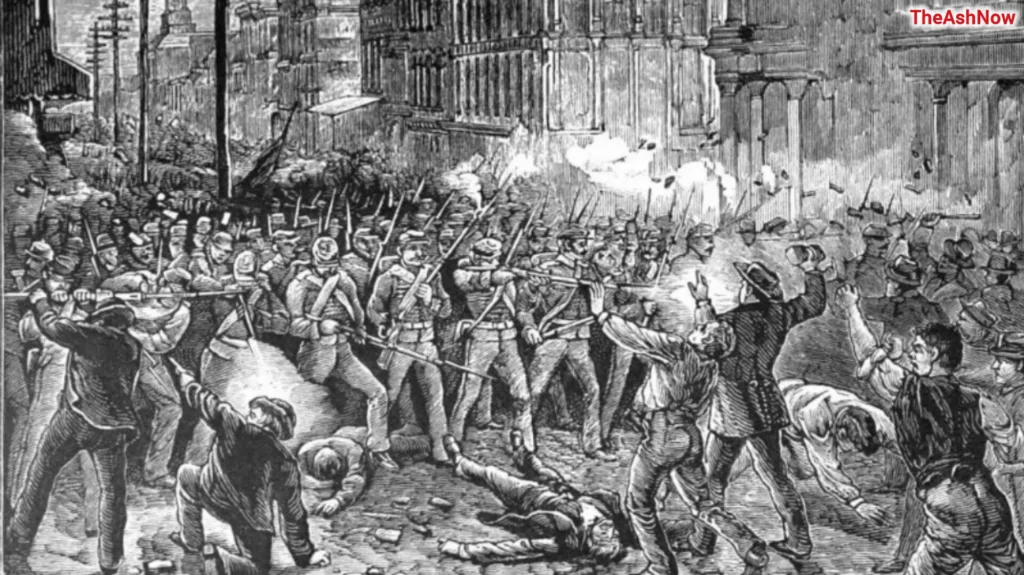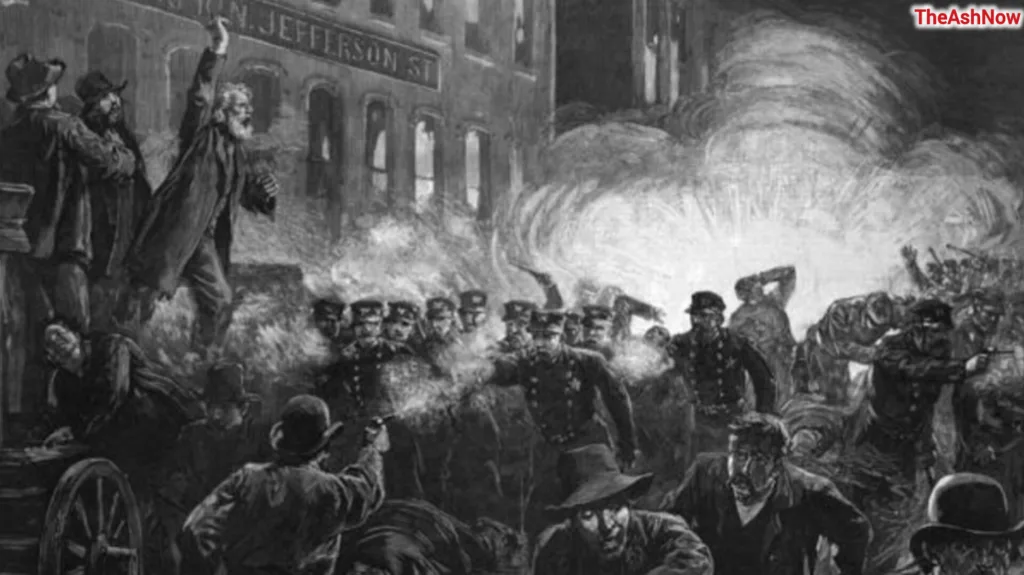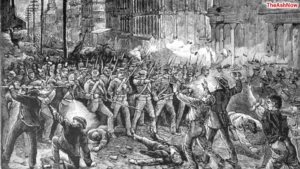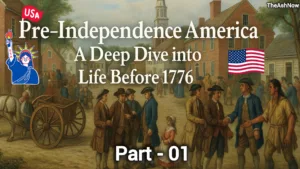Pre-Independence America: A Deep Dive into Life Before 1776
Chapters:👇

1. Religion in Colonial America
1.1 The Importance of Religion
- In New England, especially Massachusetts, Puritanism shaped laws and daily life.
- Middle Colonies (like Pennsylvania) were more religiously diverse—Quakers, Catholics, Lutherans, Jews, and others lived side by side.
- Southern Colonies had the Anglican Church as the dominant faith, though religious practice was less strictly enforced.
1.2 Religious Freedom and Conflict
- Maryland Toleration Act (1649) was one of the first attempts at religious liberty, though it applied only to Christians.
- Roger Williams founded Rhode Island after being banished from Massachusetts for advocating religious tolerance.
- Despite early movements toward freedom of worship, religious dissenters were often persecuted, fined, or exiled.
1.3 The Great Awakening (1730s–1740s)
This religious revival:
- Encouraged personal connection with God over institutional authority.
- Created emotional, charismatic preaching (e.g., George Whitefield).
- Unified colonies spiritually and sowed seeds for future democratic ideals.
2. Family Structure and Domestic Life
2.1 Patriarchal Family Model
- Families were male-dominated. The father was head of household and decision-maker.
- Women were expected to be obedient wives, mothers, and homemakers.
- Large families (6–10 children) were common due to high infant mortality and labor needs.
2.2 Women’s Lives
- Women had limited legal rights—they could not vote, own property (unless widowed), or sue in court.
- In New England, widows and unmarried women sometimes managed estates.
- Most women were domestic workers, handling cooking, spinning, weaving, and child-rearing.
2.3 Marriage and Courtship
- Marriage was often practical rather than romantic.
- Courtship was overseen by parents or community elders.
- Divorce was rare and legally complex.
Advertisment
3. Slavery and Indentured Servitude
3.1 Rise of African Slavery
- Slavery became central to colonial life, especially in the South.
- By 1776, over 500,000 enslaved Africans lived in the colonies.
- Slaves were used on plantations, in households, shipyards, mines, and cities.
3.2 Life for Enslaved People
- Enslaved people faced brutal conditions: long hours, beatings, poor housing, no legal protection.
- Family separations were common.
- Despite the oppression, African-American culture began to form—language, music, spirituality (blending Christianity and African traditions).
3.3 Indentured Servitude
- Many poor Europeans (especially Irish, German, and English) came as indentured servants.
- They signed contracts (4–7 years) in exchange for passage, food, and housing.
- After release, some became landowners, but most stayed poor.
4. Gender Roles and Social Expectations
4.1 Expectations of Men
- Men were expected to:
- Provide for the family.
- Be involved in politics (if eligible).
- Uphold religious and moral values.
- Male education was prioritized.
4.2 Women in Society
- Social norms confined women to the private, domestic sphere.
- Public roles were frowned upon (with a few exceptions in Quaker and indigenous societies).
- Some women (e.g., Anne Hutchinson) challenged these norms and faced exile or persecution.
4.3 Children and Youth
- Children were taught to be obedient, religious, and industrious.
- Childhood was short—by age 10, many worked or trained in a trade.

5. Intellectual Life and Cultural Awakening
5.1 The Enlightenment in America
The 18th century saw the rise of rational thought, science, and individual liberty—imported from Europe’s Enlightenment.
Key American Enlightenment thinkers:
- Benjamin Franklin: Science, diplomacy, and civic planning.
- Thomas Jefferson: Liberty, reason, and education.
- Thomas Paine: Radical political philosophy (“Common Sense”).
Ideas emphasized:
- Natural rights (life, liberty, property)
- Government by consent
- Skepticism of monarchy and the Church
5.2 Print Culture and Literacy
- By 1770, literacy rates in New England were over 90% among white males.
- Printing presses flourished in cities like Boston and Philadelphia.
- Newspapers, pamphlets, and books allowed rapid spread of political and scientific ideas.
5.3 Arts and Music
- Art was mostly religious or portraiture.
- Music included hymns, folk songs, and African rhythms among enslaved communities.
- Colonial Americans celebrated harvests, holidays, and weddings with dance and music.
6. Class Divisions and Mobility
6.1 The Elite Class
- Wealthy merchants, landowners, and political leaders formed a colonial aristocracy.
- They held most of the political power and lived in large homes, often with slaves or servants.
6.2 The Middle Class
- Artisans, shopkeepers, small farmers.
- Increasingly active in local politics and protest movements.
6.3 The Poor and Landless
- Tenant farmers, laborers, indentured servants, and urban poor lived on the edge of survival.
- Class tensions occasionally led to uprisings (e.g., Bacon’s Rebellion, 1676).
7. Relations with Native Americans
7.1 Shifting Alliances and Warfare
- Colonists and Native tribes engaged in:
- Trade alliances
- Territorial disputes
- Military conflicts (e.g., King Philip’s War, 1675–76)
7.2 Land Displacement
- Europeans believed in private property and expanded westward.
- Native Americans were pushed off land through treaties, war, and force.
7.3 Cultural Exchange
- Some blending occurred: food, clothing, agricultural practices.
- However, cultural erasure and violence defined most colonial-Native relations.
Conclusion of Part 2
Colonial society was a world of contradictions—liberty vs slavery, education vs inequality, religion vs repression, and hope vs hierarchy. It was a world fermenting with change. As ideas of personal freedom and rebellion took root, colonial Americans began imagining a future where they ruled themselves.
💡 Coming Up in Part 3: Colonial Economy and Commerce – Agriculture, Trade, Industry, Currency, and the Rise of Capitalism
✔️Pre-Published Parts:👇
✅Pre-Independence America – Part 1: Setting the Stage (1500s–1776)
✅Pre-Independence America – Part 2: Inside Colonial Society – Religion, Family, Slavery, Gender Roles, and Intellectual Life
Read More:
















1 thought on “Pre-Independence America – Part 2: Inside Colonial Society – Religion, Family, Slavery, Gender Roles, and Intellectual Life”